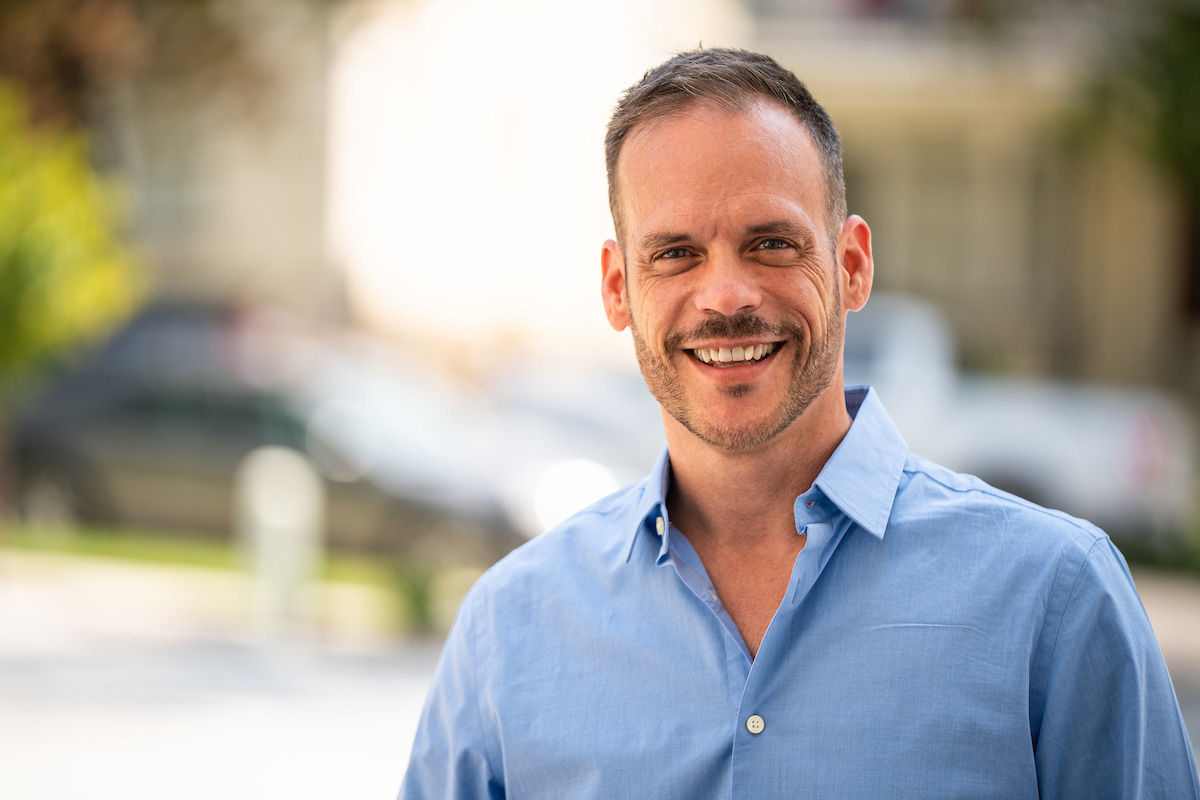Manning Up for Mental Health
 Men aged 25-64 have the highest rate of death by suicide, yet they’re the least likely
to seek out mental health treatment. There is a lot of stigma surrounding men seeking
out professional help for mental health problems. Researchers Philip Osteen at the
University of Utah and Jodi Frey at the University of Maryland are looking for new
strategies to engage these men where they are; to find a nontraditional, accessible
intervention to reduce suicidal thinking and behavior.
Men aged 25-64 have the highest rate of death by suicide, yet they’re the least likely
to seek out mental health treatment. There is a lot of stigma surrounding men seeking
out professional help for mental health problems. Researchers Philip Osteen at the
University of Utah and Jodi Frey at the University of Maryland are looking for new
strategies to engage these men where they are; to find a nontraditional, accessible
intervention to reduce suicidal thinking and behavior.
Enter ManTherapy™. Available at www.mantherapy.org, the site plays on typical “manly” behavior to deliver important messages about mental health. From his man cave office, (fictional) no nonsense “man’s man” Dr. Rich Mahogany delivers “manly tips” on topics like feelings and breathing techniques through football metaphors and masculine troupes.
The messages intentionally play into stereotypes in an effort to destigmatize mental health and help-seeking behavior with humor. The idea is to use humor as a gateway to help men feel more comfortable with the idea that they have mental health needs, too.
One of the main features of the website is Dr. Mahogany’s “Head Inspection,” ManTherapy’s version of a screening tool for depression, anxiety, substance use, suicidal ideation, and anger. Once the questionnaire is completed, the site gives a “Man-Con Level” score that represents the risk assessment and helps identify local mental health resources.
It’s not the standard approach, but it’s an approach that works for some.
Drs. Osteen and Frey are conducting a randomized study examining the effectiveness of the intervention. The study centers around this research question: is ManTherapy™—a program built around engagement, destigmatization, and normalizing issues of mental health—more effective than the standard screening?
This is the final year of a four-year study, funded by a grant from the Centers for Disease Control and Prevention in an effort to address the unusually high risk of suicide among working-aged men. Participant enrollment is coming to an end, and the study is gearing up for the primary data analyses.
Some analysis of initial data has already begun. One notable early result shows a relationship between a positive screening for anger and suicidal ideation in some men, even when these men didn’t screen positive for depression, a very common precursor to suicidal ideation. It is an emerging concept, but one that makes sense, based on common social expectations for men and women. Dr. Osteen explained, “Anger can be an externalized expression of depression. Women primarily experience depression as an internalized process. Men often experience depression as an externalized process. It’s their externalized feelings of hopelessness and isolation.”
“We’re trying to help men understand that ‘you’re not alone’ and ‘it’s okay to talk about it,’” explained Dr. Osteen. “Our ultimate purpose is to reduce suicide behavior. And we’re trying to find creative ways to do that.”
A Closer Look
Suicide is a defining focus of Dr. Osteen’s career. He first experienced the death of a client by suicide early in his career, when he was newly out of his bachelor’s program. “It was a devastating experience,” he said. “I still think of her frequently almost 30 years later.” Over time, he came to understand how completely unprepared he was to deal with clients at risk for suicide, an experience he believes isn’t uncommon in the field of social work. With social workers providing almost 80% of mental health services in this country, there is a high likelihood that professionals in this industry will encounter a suicidal client over the course of their career. “After experiencing that loss and understanding how unprepared I was, I wanted to know how to prepare people better.” The questions ‘How do we train people? What do we need to train them on? Does that actually increase their skill set? Does training lead to decreased suicides over time?’ have guided his research over the last 10 years. From there, wanting to prepare providers to do this work, came the question, ‘What interventions are effective in reducing suicide among populations at risk?’ This project represents this evolution in his career.
